|

On eBay Now...
Great 1940\'s tinted image,parade, float,huge stork,baby in sling,Baby Boomers For Sale
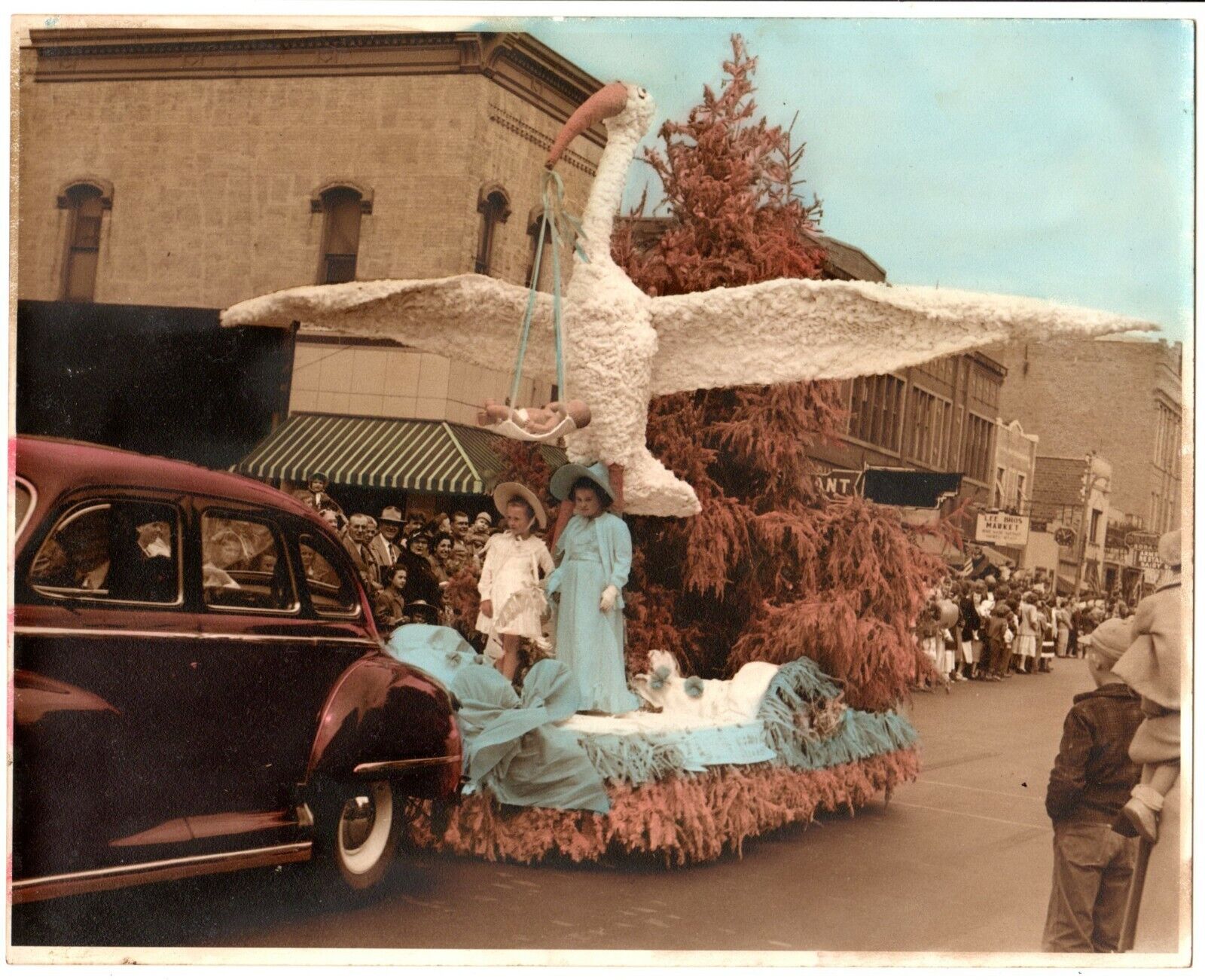
When you click on links to various merchants on this site and make a purchase, this can result in this site earning a commission. Affiliate programs and affiliations include, but are not limited to, the eBay Partner Network.

Great 1940\'s tinted image,parade, float,huge stork,baby in sling,Baby Boomers:
$150.00
Great Vintage tinted image of the start of the \"Baby Boomer\" generation. Big WW2 era parade somewhere in America of huge stork holding a baby in sling. More on the baby boomers below:Judging by the car this image was taken somewhere in the 40s. The car looks to be either a Chrysler or Dodge Deluxe. Note the plastic snap on trim for the white walls which was after the war. White wall tires were not made during the WW2.
\"The baby boom
OverviewFollowing World War II, the United States experienced a greatly elevated birth rate, adding on average 4.24 million new babies to the population every year between 1946 and 1964.This generation of \"baby boomers\" was the result of a strong postwar economy, in which Americans felt confident they would be able to support a larger number of children.
Like many industrialized Western nations, in the early twentieth century the United States was experiencing a gradual decline in its birthrate. As more Americans moved off the farm and into the city, having a large family slowly transformed from a good labor investment to a poor economic choice. Consequently, in the midst of the Great Depression, the American birthrate fell to its lowest point yet, to just 18.4 live births per thousand population.
World War II, however, had a profound effect on the American birth rate, which skyrocketed in a stunning and unexpected reversal of the prewar decline. A combination of factors produced this baby boom: soldiers returning home from the war were weary of adventure and wished to settle down into family life with their sweethearts, and GI Bill benefits promised the decent pay, access to good jobs, and affordable housing that made raising a family possible. After more than fifteen years of economic uncertainty, things were finally looking up in the United States, and everyone was determined to make the most of it.Babies, babies, and more babiesWorld War II had vast repercussions not only on world politics but also on the American family. Couples rushed to wed and conceive children before soldiers shipped out--in part due to the romance and urgency of wartime, in part due to the extra pay soldiers received if they had families to support.The spike in marriages was even larger after the war, as returning soldiers tied the knot. 2.2 million couples married in 1946, a new record that would stand until the 1970s.
With this record number of unions came a record number of babies. The first stirrings of the baby boom became evident as early as 1942, when the historically low birth rates of the Great Depression began to turn around with the birth of \"furlough babies\" during World War II. It wasn\'t until nine months after the war\'s end, however, that the boom began in earnest: before demobilization only about 200,000 babies were born in the United States per month, but by the end of 1946 that figure had increased to nearly 350,000 babies. 20% more babies were born in 1946 than in 1945. By 1947, the number of live births per thousand population jumped to 26.6.
But the baby boom wasn\'t just a quick spike in births after the end of World War II. The elevated American fertility rate continued for another 18 years. On average, 4.24 million babies were born per year between 1946 and 1964, when birth rates finally began to decline again. In 1964, the 76.4 million babies born during the baby boom generation constituted a whopping 40% of the US population, which was then about 192 million.
The birthrate dropped slowly from 30 births per thousand in 1909 to 18.5 births per thousand in the late 1930s. Starting in 1945 there was a sharp spike in the birth rate again, back up to 26.5 births per thousand. The high birth rate continued until the mid-1960s, when the rate finally fell to pre-1945 levels. The birth rate kept falling until the late 1970s, when the \"baby boom\" echo generation made a small increase through the 1990s. The birth rate in 2009 is 14.0 births per thousand, all-time low.
Postwar domesticity and its economic benefitsWhy did the birth rate rise so suddenly and remain elevated for so long? Both men and women had access to relatively reliable forms of birth control, so for the most part couples were making a conscious decision to have more children. The World War II generation, in fact, was the most marriage- and family-oriented in US history: 96.4% of women and 94.1% of men in this cohort got married, and at a younger age than their forebears. They also had more children, sooner after marriage and spaced closer together, than earlier generations.
Propaganda poster from World War II, painted by Norman Rockwell. The text says OURS . . . to fight for: FREEDOM FROM WANT. The painting on the poster shows a Thanksgiving dinner table. An elderly white couple places a large turkey on the dinner table and many white family members smile in anticipation of the meal. The painting suggests a happy and united family enjoying a prosperous time.
Norman Rockwell, Freedom from Want, 1943. This Office of War Information poster illustrated one of the freedoms the Allies were fighting for during World War II. Images like these may have induced Americans to crave domesticity and family life in the postwar era. Image courtesy National Archives.Historians and demographers have pointed out a number of possible reasons for this increased devotion to domesticity and child-rearing after the war, from government propaganda extolling the virtues of apple-pie American life during the war to a yearning for the security offered by \"normal\" family life during an era when fear of the atomic bomb pervaded society. One thing is certain: these high fertility rates closely correlate with a period of unprecedented economic prosperity, as well as optimism that the prosperity would last. After years of barely getting by during the Great Depression and enduring shortages and rationing during the war, Americans finally could afford to have a lot of children, so they did.\"-khanacademy.orgImage meas. apx. 10\" x 8\". Judge condition of images from scan but please ask any and all questions before offerding as I want you to offer with confidence. These are historical images documenting a bygone era ...
Shipping includes insurance and signature confirmation
Please consider the cost of shipping before offerding on an item. Thank you.
On multiple purchases please wait for invoice before paying as I combine items to save you money on shipping.
response will always be left once it is received.Note - International buyers: I use the Global Shipping program because requires that I have a tracking # on all sales to protect both buyer and seller.
Thanks for looking and please check out my other sales and store. New images are listed often so come back soon.

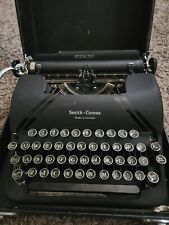
Vintage 1940s Smith Corona Breifcase Typewriter Great Condition $300.00
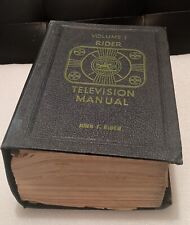
John F. Rider Television. Transistor Radio Manual. Volume 1 - Great Ad's 1940's $45.00
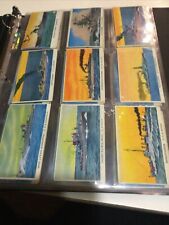
Original (1940’s) World War 2 Trading Cards. Great Condition Amazing Color. $450.00
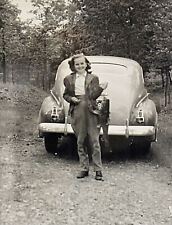
1941 Photograph Dianne Walker with Her Catch. Great 1940s Auto Photo Fishing $61.40
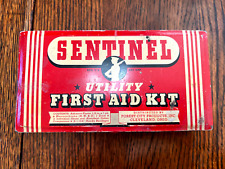
1940s SENTINEL First Aid Kit w/ Great Graphics w/ Vintage Contents PJF $24.99
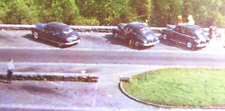
1940s NEWFOUND GAP Great Smokey Mountains Postcard, Parking Area 1940s Autos $2.12
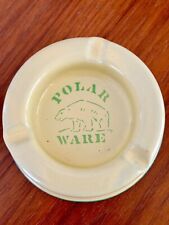
1940’s Polar Ware Vintage Advertising Enamelware Ashtray Great condition $65.00
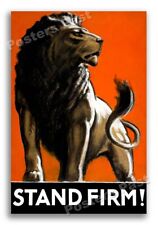
1940s Stand Firm WWII Historic Propaganda Great Britian War Poster - 16x24 $13.95
|